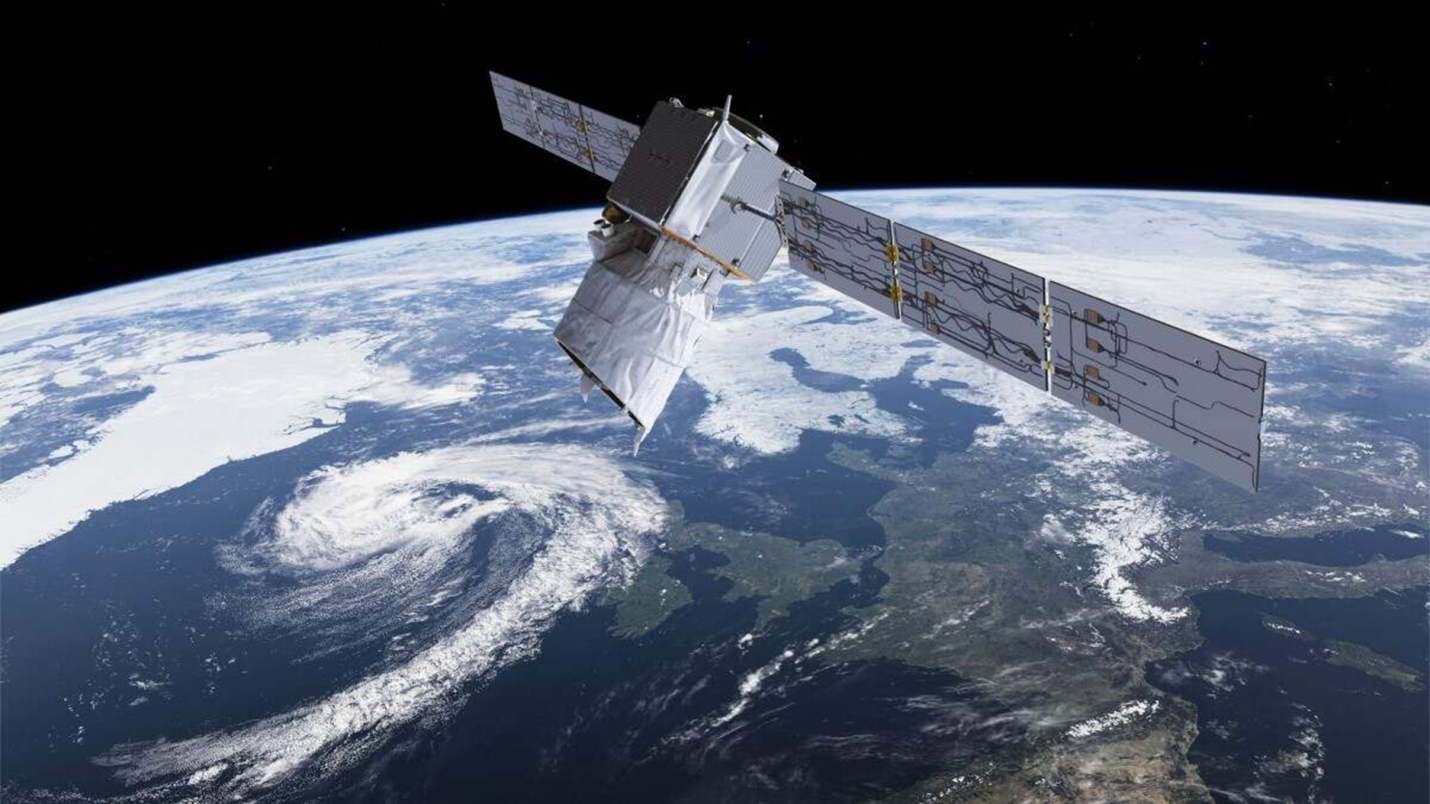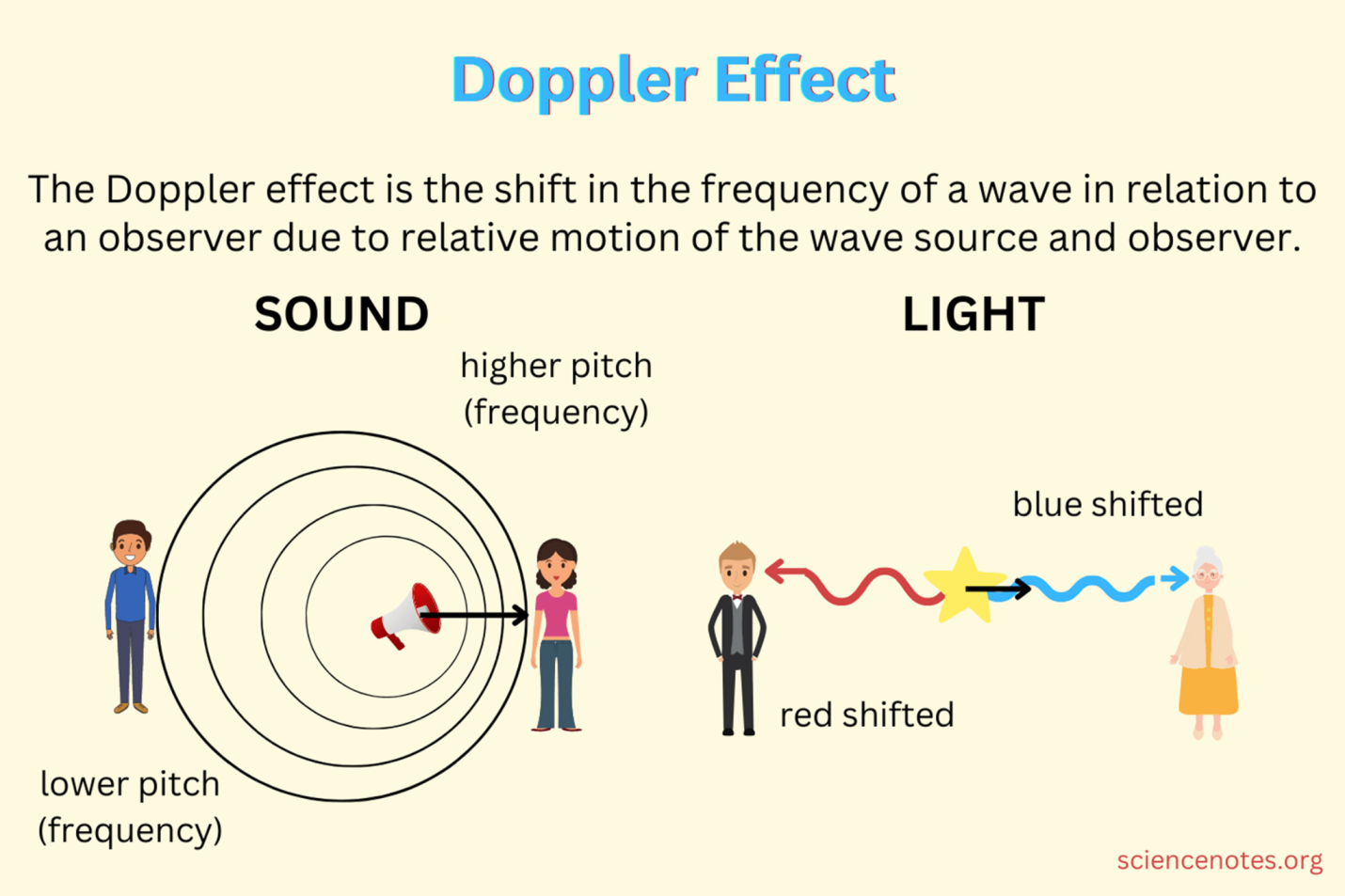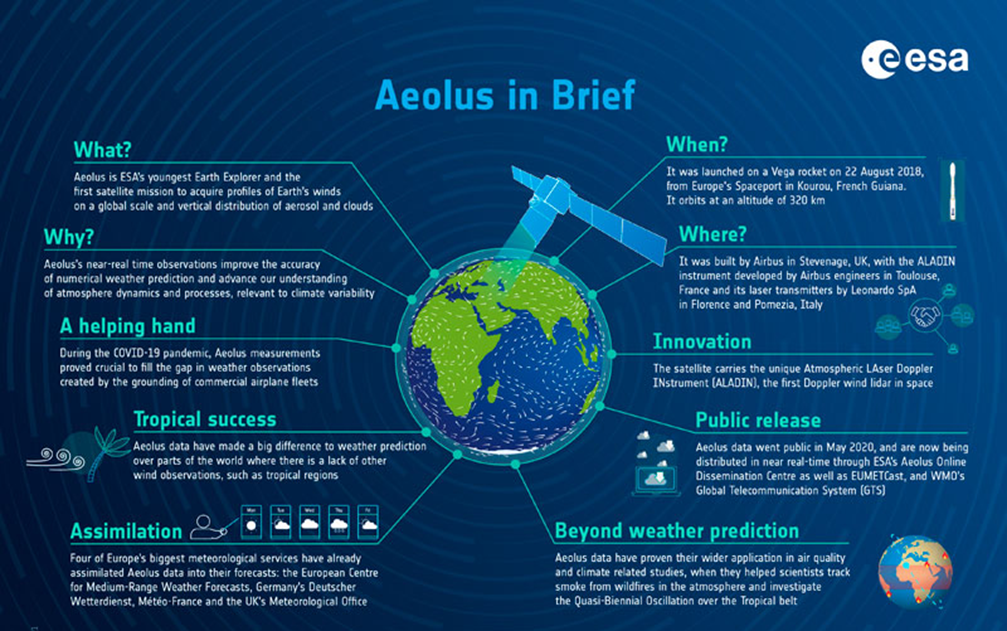Free Courses Sale ends Soon, Get It Now


Free Courses Sale ends Soon, Get It Now



Copyright infringement not intended
Context: The European Space Agency (ESA) has announced that it will intentionally crash its Aeolus wind satellite on Earth in July 2023, after five years of successful operation. The data collected by Aeolus has improved weather forecasts and climate models, as well as providing insights into atmospheric dynamics and processes.
Details
What is Aeolus and why is it important?
How does ALADIN work?

What are some of the achievements?

Some of these challenges faced include:
Despite these challenges, Aeolus has exceeded its planned lifespan of three years and continues to provide valuable data to users. However, as its laser power declines further, its performance will degrade accordingly. ESA expects that Aeolus will re-enter Earth's atmosphere and burn up in July 2023.
What Next?
Conclusion
|
PRACTICE QUESTION Q. What is the primary objective of the Aeolus wind satellite mission? A) To study Earth's magnetic field B) To measure global wind profiles from space C) To observe ocean currents D) To study the effects of solar radiation on the atmosphere Answer: B Explanation: The primary objective of the Aeolus wind satellite mission is to measure global wind profiles from space. The satellite is equipped with the Atmospheric Laser Doppler Instrument (ALADIN), a Doppler wind lidar, which measures the winds sweeping around the planet. By studying the Earth's wind patterns on a global scale, Aeolus aims to provide accurate and comprehensive data on the speed and direction of winds at different altitudes in the atmosphere. This data is crucial for improving weather forecasting models, understanding climate dynamics, and enhancing our knowledge of the Earth's atmospheric circulation. Aeolus' measurements of global wind profiles contribute significantly to advancements in meteorology, climate research, and related scientific fields. By observing and analyzing wind patterns from space, the mission enhances our understanding of how winds influence weather and climate on a planetary scale, providing valuable insights for atmospheric and environmental studies. |
© 2024 iasgyan. All right reserved